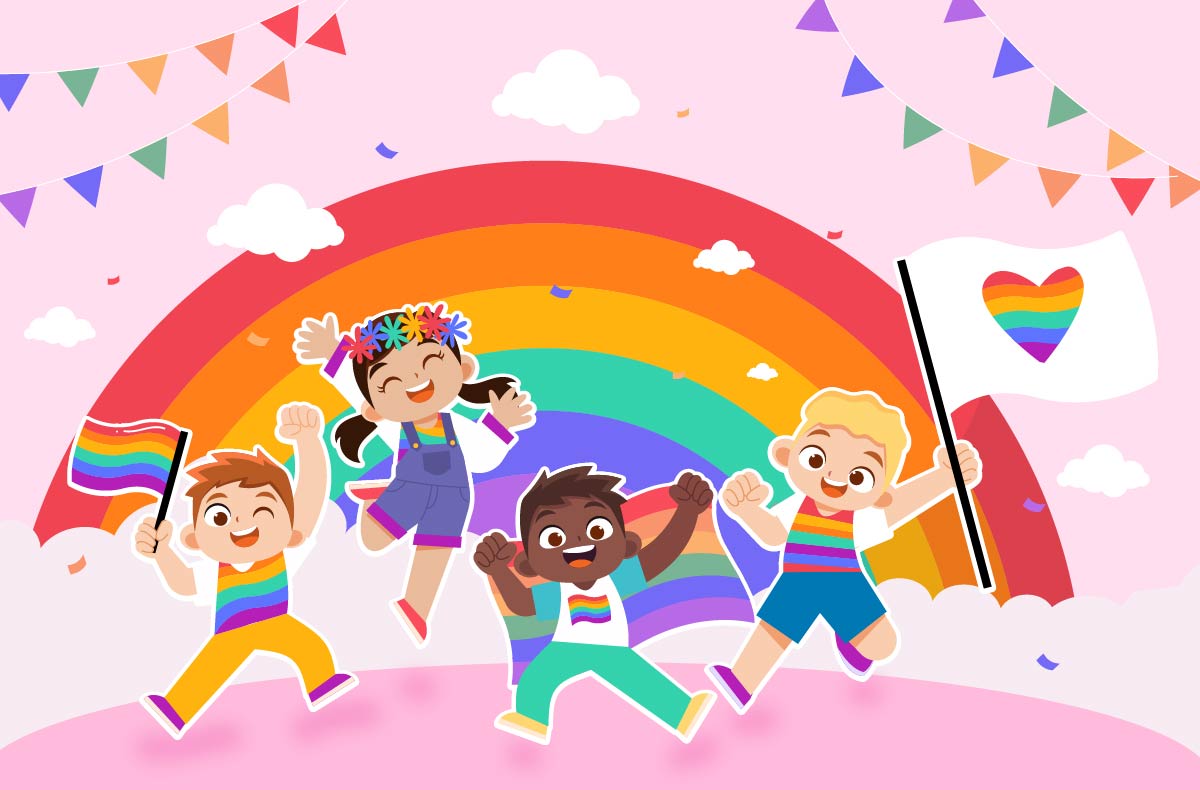
There is a common misconception among American conservatives that the left is attempting to indoctrinate youth through critical race theory (CRT). This came to light recently when a person from my hometown shared their thoughts on the teaching of CRT in response to an essay that I wrote about woke ideologies saying, “I agree with you that critical race theory needs to be taught, but why do people think it should be taught to young kids? Don’t you think it’s too complex?”
There is a simple misunderstanding that has been used to instill fear and confusion in Americans. Those of us who espouse a curriculum informed by these ideas need to clarify what we mean, separating the theory from the syllabus that can and should emerge through a CRT lens.
I’m watching my hometown’s school board race unfold from afar. Normally, the election comes and goes without much fanfare. It’s rare to see enough candidates for voters to have a choice in who should serve. This year, after a controversial book ban policy passed by the board, there are multiple slates of candidates, advertising, and defined platforms.
For one slate, “No CRT” is a headline across their messaging, social media discussions and lawn signs. As debates over CRT rage across the country, it is important to remember that the theory is not an attempt to indoctrinate young children with a particular ideology, but a lens through which we can understand the complex and nuanced issues of race and racism in our society. It is because of this complexity and nuance that CRT is such an important tool for teaching young children about race.
No children’s book, to my knowledge, introduces Kimberlé Crenshaw and the tenets of legal theories that challenge colorblind racism. I’d imagine the ABCs of CRT wouldn’t be a big seller. But there are books that develop their characters and plot based on the idea that children should be exposed to difference and injustice.
Instead of Baby’s First CRT Book, we see We’re Different, We’re the Same and Ruby Bridges Goes to School: My True Story. The idea behind these books is to have open conversations with children about differences and the injustices in American history. When we create opportunities for these conversations, we help children to build empathy and establish a moral compass that acknowledges differences and orientates toward a more equitable future for all.
Many opponents of CRT argue that it is divisive and harmful but CRT provides a framework for understanding the ways in which racism is deeply embedded in our institutions and society and the ways in which it affects individuals and groups differently. Teach Us Your Name, for example, is a simple way to explain why it’s important to pronounce names from different cultures correctly, rather than asking peers to assimilate and anglicize. I’m New Here helps to teach elementary school kids about the difficulties of immigrating, learning a new language and fitting in. A book is a simple tool to teach children about the power of communication as the practice of justice.
Neither of these books define CRT, but they are influenced by the idea that children should understand how systems of injustice inform how we communicate and are communicated to in our daily lives. By teaching children about these realities, we can help them develop a more nuanced understanding of race and racism and empower them to be agents of change in the fight for racial justice.
Children are not immune to the effects of racism and they are certainly not oblivious to it. Studies have shown that kids as young as three years old are able to recognize racial differences and by the age of four or five can internalize racist attitudes and beliefs.
For those parents who believe it’s too early to have these conversations, we must ask a question: “Then, isn’t it too early for children of color to live through racial injustice?” By teaching children about differences, we can help them develop a critical consciousness that allows them to recognize and challenge the systemic injustices that they will inevitably encounter in their lives.
Furthermore, CRT provides a powerful antidote to the colorblind ideology that has long dominated our discourse around race. Colorblindness, the idea that we should ignore race completely, is not only impossible but also harmful. By ignoring race, we ignore the experiences of people of color and the ways in which racism has shaped their lives. CRT asserts that we should recognize and value the diversity of our society and how race intersects with other aspects of identity, such as gender and class.
The debate over CRT is not about indoctrination or political correctness, but about the fundamental question of how we should teach our children about race and racism. Nobody is actually teaching your child what critical race theory is. Rather, teachers are informed by a theory that helps them build discussions about difference and equity in the early childhood curriculum.
It is time to move beyond fear and misinformation and embrace CRT as an important lens for teaching young children.


